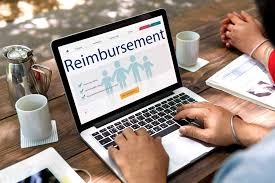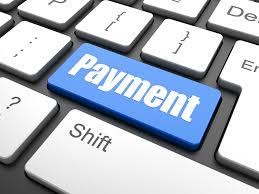Resources
Insights and industry knowledge to help you grow your business
Understanding upcoming changes will impact coding accuracy in the new fiscal year.


PDGM and PDPM – What Does This Mean for Therapy?
Every therapist should have a general understanding of these payment structures and how they an improve their practice to maximize their impact within the new reimbursement system.
When to Use Group Therapy Under the Patient-Driven Payment Model
Hearing that some SNFs have incorrectly used this provision to mandate 25% group therapy, APTA has developed a guidance on when to use group therapy.


What the 2021 Final Rule Means for PTs, OTs and SLPs
Compliance experts unearthed legislative changes that are, to put it lightly, less than ideal for rehab therapists. This year’s final rule is not for the faint of heart – though there are some golden nuggets buried within.
Top Physical Therapy CPT Codes – Plus Printable Reference Sheet
If we don’t properly bill for our services provided, we could be losing out on valuable income. This article aims to be a useful resource for any PTs using physical therapy CPT codes.


Update to CMS Payment Calculations Further Eases Impact of Cut
The new conversion factor released by CMS helps to offset the impact of fee schedule reductions for PT providers.
Pain Management Programming: An Overview for the Skilled Nursing Provider
The importance of an effective Pain Management program has demonstrated Its value in the quality of care provided to our patients. With an opioid epidemic at hand, what can we do as healthcare workers to help decrease opioid misuse contributing to unnecessary fatalities and help Improve quality of life in our communities today?
Rehab Provider: Checking in with your rehab provider for a pain management program is a must. Rehab Specialists have the skillset and techniques to help facilitate pain relief in your patients. To reduce the risk of potential opioid use, refer a patient to Physical Therapy for a pain assessment.
Modalities: This is a tool used by Rehab Specialists to help decrease acute and chronic pain. Various types of modalities can be utilized, such as Ultrasound, TENs unit, Electric Stimulation, Diathermy, etc. Contract companies such as ACP (Accelerated Care Plus) provide the equipment, maintenance, and clinical programming to support SNF and rehab providers.
Training: An interdisciplinary team approach is necessary for a successful pain management program. An effective training and communication structure can improve the detection and safe treatment of pain. A SNFs guide from Joint Commission can be found here.
Pain Specialists: For additional support, the integration of pain specialists can help facilitate positive outcomes and improve patient’s quality of life. Physiatrists, Palliative and Hospice organizations can assist in the assessment and provide appropriate treatment recommendations for pain management among the short and long-term population.
Education: It is essential all appropriate staff, caregivers and patients are educated in the Pain Management process. An effective process is successful when included in a patient’s treatment care plan across all departments, thus centering focus on the patient’s well-being during their recovery and improving overall quality of life.
Monitor and revise this process as necessary to ensure proper communication, documentation, education, training, re-training, and intervention planning for pain. Also, it is especially important to have an effective MDS process leading to Pain Quality Measure reporting, affecting quality measures and facility star rating. In summary, a quality pain management program will help improve patient satisfaction, quality of life and decrease the risk of further opioid misuse in our communities today.
